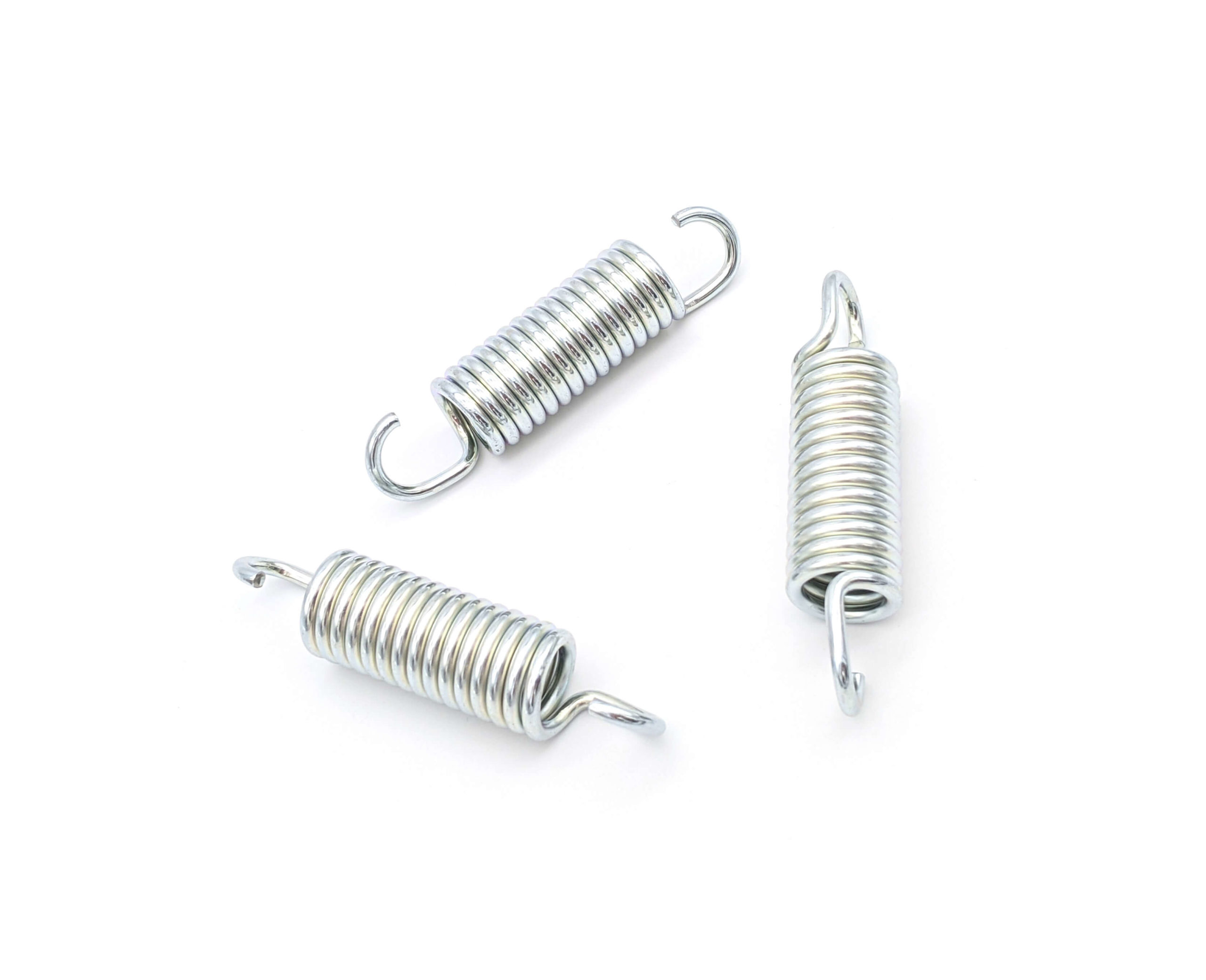Get unique, complex parts easily. No matter your requirements, Chaoyi Spring creates hard-to-produce coil springs and wire forms.
Let us help you create the custom wire form you need, from S-hooks and J-hooks to utility hooks and more.
We work closely with customers across a wide range of industries, helping them design and manufacture made-to-order parts.
Why choose Chaoyi Spring? We prioritize customer-focused collaboration, modern equipment and the latest technology to make your parts per print.
Find the information and guidance you need, from measuring a spring to learning about materials, placing an order and much more.
Have you ever wondered how sound travels through the air or how earthquakes shake the ground? These phenomena are all examples of longitudinal waves, and a simple spring provides a


Have you ever wondered how sound travels through the air or how earthquakes shake the ground? These phenomena are all examples of longitudinal waves, and a simple spring provides a fantastic way to visualize and understand their behavior. Longitudinal waves, unlike their transverse counterparts, travel in the same direction as the disturbance that creates them. In this article, we'll delve into the fascinating world of longitudinal waves, using a spring as our guide, and uncover the key principles that govern their propagation.

Imagine a long, coiled spring stretched horizontally. When you give one end a quick push or pull, you create a disturbance that travels along the spring. This disturbance, known as a longitudinal wave, is characterized by compressions and rarefactions. Compressions are regions where the coils of the spring are bunched together, while rarefactions are areas where the coils are stretched apart.
As the disturbance propagates, the individual coils of the spring don't actually move along with the wave. Instead, they oscillate back and forth in the same direction as the wave's motion. Think of it like a line of people holding hands and passing a squeeze along the line. Each person only moves their hands back and forth, but the squeeze travels down the line. Similarly, the coils of the spring vibrate back and forth, transmitting the disturbance without permanently changing their position.
To understand longitudinal waves better, we need to introduce some important concepts:
Wavelength: This is the distance between two consecutive compressions or rarefactions. In our spring model, it's the distance between two points where the coils are maximally compressed or stretched.
Frequency: This refers to the number of compressions or rarefactions that pass a fixed point per second. The faster the spring oscillates, the higher the frequency.
Speed: This is the rate at which the wave travels along the spring. The speed of a longitudinal wave depends on the properties of the spring, such as its stiffness and mass per unit length. A stiffer spring, like a guitar string, will transmit waves faster than a looser spring.
Longitudinal waves are not limited to just springs. They are ubiquitous in the natural world and have a wide range of applications in technology:
Sound: Sound waves, which allow us to hear, are longitudinal waves that travel through air, water, and other media. When you speak or play music, you create vibrations in the air that travel as longitudinal waves to your ears.
Earthquakes: Earthquakes generate powerful longitudinal waves called P-waves (primary waves) that travel through the Earth's interior. These waves are the first to arrive at seismograph stations after an earthquake, hence their name. P-waves can cause significant damage, especially in areas with loose soil.
Ultrasound: Medical imaging techniques use high-frequency sound waves (ultrasound) to create images of internal organs. These waves are longitudinal and are reflected back from different tissues, allowing doctors to see inside the body without surgery.
The study of longitudinal waves, using the spring as a model, provides a gateway to understanding a vast array of phenomena. From the subtle vibrations of sound to the powerful tremors of earthquakes, these waves shape our world in countless ways. By exploring their properties, we gain insights into the fundamental principles that govern wave propagation and their applications in science, technology, and everyday life.
Longitudinal waves, as embodied by the simple spring, offer a captivating journey into the world of vibrations. They demonstrate how disturbances can travel through a medium, carrying energy and information. From the sounds we hear to the earthquakes that shake the ground, longitudinal waves play a crucial role in shaping our understanding of the universe. So, the next time you see a spring bouncing, remember that it's not just a toy but a window into the fascinating world of longitudinal waves.
Browse some of the custom wire forms and springs that we manufacture. Don’t see what you need? We specialize in made-to-order products that meet your application requirements.
Visit Our GalleryNeed a custom wire form or coil spring? We make it work. Fill out the contact form and a representative will respond within 1 business day. If you have a PDF or CAD file, you can submit to request a quote.